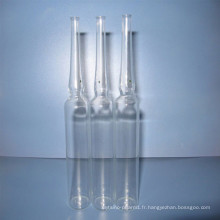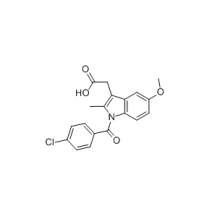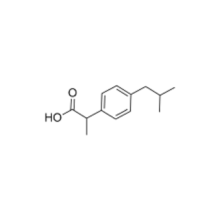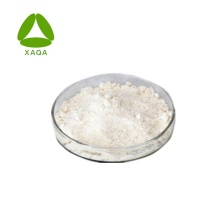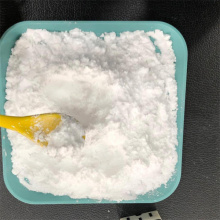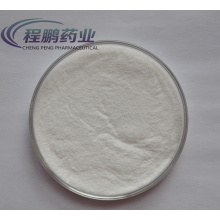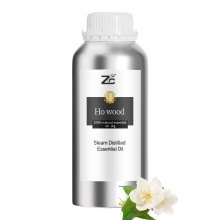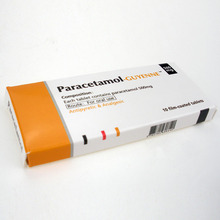Médecine anesthésique approuvée par FDA Benzocaine pour le soulagement de la douleur
Médecine anesthésique approuvée par FDA Benzocaine pour le soulagement de la douleur
| Type de paiement: | L/C, T/T, Western Union, Paypal, Money Gram |
|---|---|
| Quantité de commande minimum: | 1 |
| Délai de livraison: | 1 jours |
| productivité: | 10, 0000 Boxes Per Month |
|---|---|
| Lieu d'origine: | France |
| Capacité d'approvisionnement: | 10, 0000 Boxes Per Month |
Informations de base
Modèle: HEA751829M4
Description du produit
N ° de Modèle: HEA751829M4 Mode d'Emploi: Pour usage externe État: Liquide Type: Produits Biologiques Nom: Benzocaine MOQ: 1 Boîte Port: Guangzhou Norme de qualité: GMP / Qui GMP / Euro GMP Marque: guyenne Origine: France Application: Médecine interne Convient pour : Personnes âgées, Enfants, Adulte Forme: Ampoules Technologie pharmaceutique: Synthèse chimique Marque & Origine: Guyenne, France Échantillon: Acceptable Délai de livraison: 15 Jours Durée de conservation: 36 mois Spécification: GMP / WHO GMP / EURO Code GMP: 3001909091 \ nLa benzocaïne est un produit local anesthésique couramment utilisé comme analgésique topique ou dans les gouttes contre la toux et période; C'est l'ingrédient actif dans beaucoup de pommades anesthésiques over-the-counter tels que des produits pour les ulcères buccaux et période; Il est également combiné avec l'antipyrine pour former des gouttes A & B; B otic pour soulager la douleur d'oreille et enlever le cérumen et la période; \ n
Groupes de Produits : Antipyrétique et antalgique Premium Related Products autres produits
Produits phares Comprimés de chlorhydrate d’Amiodarone 200mg de haute qualitéGrand Stock blanchir la peau crème MonobenzoneMédecine générale Omeprazole 20mg Injection pour Gastrohelcosis et acide gastriqueMédecine générale Ceftriaxone Sodium InjectionChlornitromycin pharmaceutique CAS 56-75-7 Chloroamphenicol pour usage vétérinaire (PAO-014)Peau de Stock prête C vitamine anti-vieillissement Injection de blanchimentNuméro 57-85-2 stéroïde Injectable composé de Propionate de testostéroneAcide usnique haute qualité avec haute puretéMuscle Builder poids perte Homebrew stéroïdes testostérone SustanonApprouvé par la FDA Curative artémisinine antipaludiqueMédecine traitement Brain Injury Citicoline sodique injectableChymolase Alpha protéase oedème inflammatoireInjection de l’acétate de médroxyprogestérone médecine généraleAmikacine Injection général médecine médicamentsInjection de glutathion Gsh personnels soins de blanchiment de la peauBody Fitness minceur perdre du poids poids perte L-Carnitine Injection2.0g / 5ml |







